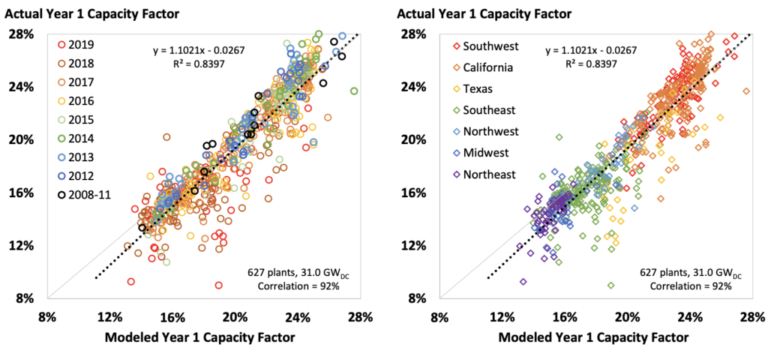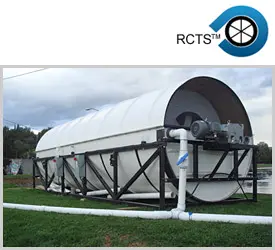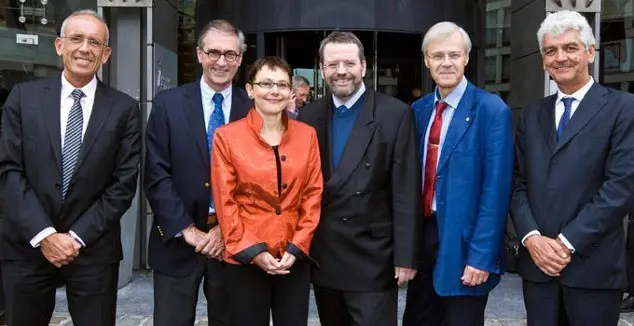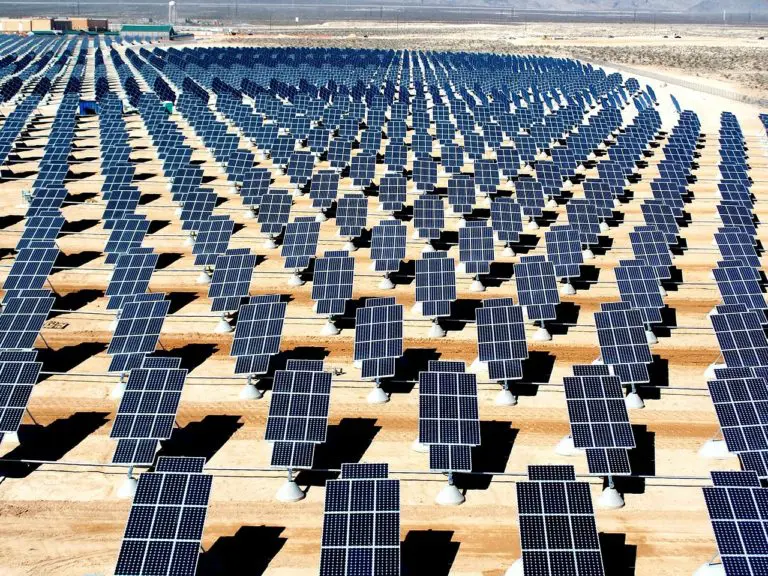BEIJING: South Korea officially launched its emissions trading scheme(ETS) on Monday, which is now the second-biggest carbon market in the world.

The ETS mechanism is also called ‘cap-and-trade’, because the government sets a ‘cap’ on the total greenhouse gas (GHG) emissions allowed in the country, and then companies are allowed to emit a certain amount of pollution. If they want to emit more GHGs, they have to ‘trade’ such allowances with other companies. Since the ‘cap’ is constantly reduced over the time, the system aims to reduce total emissions of pollutants while incentivizing companies to invest in reducing their emissions.
“South Korea is taking its step to adopt market-based instrument,” Changhua Wu, Greater China Director, The Climate Group, commented. “Now second in scale, South Korea joins the league to lead the global carbon market development. Price of carbon is expected to incentivize innovation and attract capital flow towards an energy clean future.”
Following the Copenhagen Accord in 2009, South Korea pledged to reduce its emissions by 30% below business-as-usual emissions in 2020. However, with current policies the country is not expected to reach such a result.
The trading scheme just set is fundamental to meet this pledge: involving 525 of the country’s biggest companies covering 65% of its emissions, it would cap GHG emissions for the 2015-17 period at 1.687 million tons of carbon dioxide equivalent.
According to newswire Reuters, on the first day of trade, the price of allowances reached 8,640 won (US$7.97), a price in line with the European ETS – the biggest in the world. Analysts expect a modest level of trading for the first 6 months, but price of allowances should start at US$10 and then rise to around US$30 in 2017.
“Asia is leading the carbon market development today,” underlined Changhua Wu. “China in particular is leading the way by pioneering its seven pilot schemes, with a plan to officially launch its national carbon trading platform in 2016. When the platform is operationalized, China’s ETS becomes the world largest market to drive down GHG emissions.”






